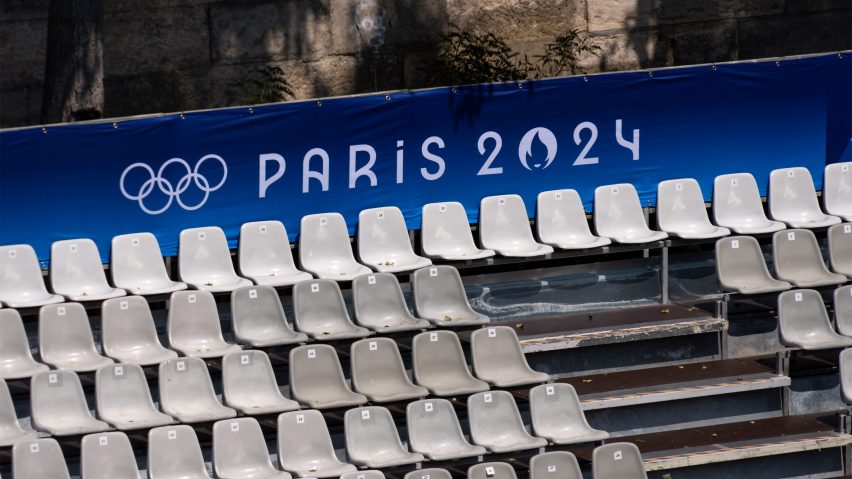
Eight ways Paris aims to host the most sustainable Olympics in history
The Paris 2024 Olympic Games have been billed as the most sustainable ever. As part of our Olympic Impact series, we look at how the organisers have sought to limit emissions.
While media depictions of Paris 2024 as the greenest ever Olympics are arguably overblown and some have accused the organisers of greenwashing, there can be little doubt that these games are pursuing an ambitious sustainability agenda.
A target has been set to emit no more than 1.58 million tonnes of carbon dioxide – around half the footprint of London 2012 or Rio 2016.
Meanwhile, Paris has sought to use the Olympics as a vehicle to accelerate longer-term environmental policies for the city.
In order to achieve these goals, a set of measures were put in place with a particular focus on construction, transport, energy and consumption.
Here are eight sustainability initiatives at Paris 2024:
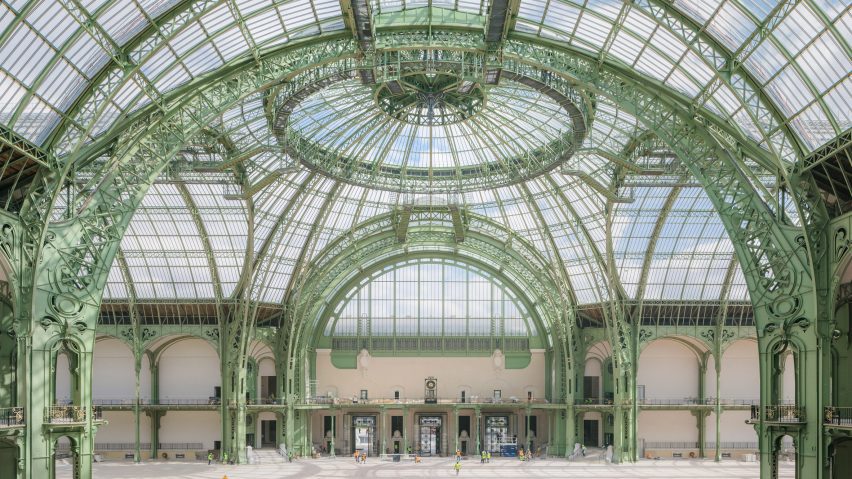
Focusing on renovation and reuse
The most significant sustainability move by Paris 2024's organisers has been to limit new construction to a minimum. As a result, 95 per cent of the venues are existing buildings or temporary facilities.
For example, the Stade de France will act as the main athletics stadium, while scaffolding-based structures have been erected at the Eiffel Tower, Place de la Concorde and the Palace of Versailles.
The strategy has also involved the renewal of existing landmarks, including the Grand Palais (pictured), which has been revamped by French studio Chatillon Architectes in time to host fencing and taekwondo at the games.
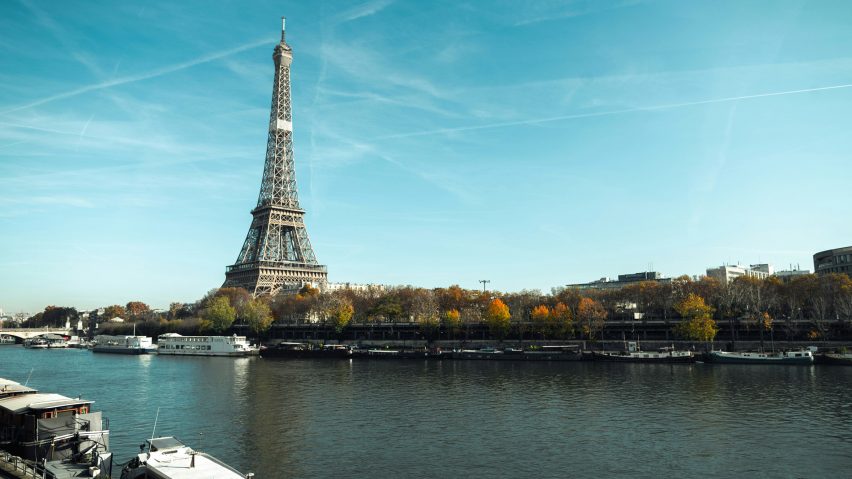
Cleaning the Seine
Arguably the most ambitious of Paris' environmental initiatives has been the €1.4 billion (£1.2 billion) cleanup of the River Seine, where the 10-kilometre swimming marathon and Paralympic swimming event are set to take place.
Swimming in the city's river has been banned since 1923 due to severe pollution levels, with wastewater from domestic and industrial sources being the predominant pollutant.
Newly updated infrastructure has contributed to a 90 per cent decrease in wastewater into the river over the last two decades. Significantly, a large underground basin came online in May that stores excess rainwater in a bit to prevent wastewater from flowing into the river when sewers are overwhelmed.
But there is still uncertainty regarding the river's cleanliness, and organisers have warned that heavy rain could raise E-coli levels in the water to unsafe levels and force the swimming competitions to be held at a backup venue.
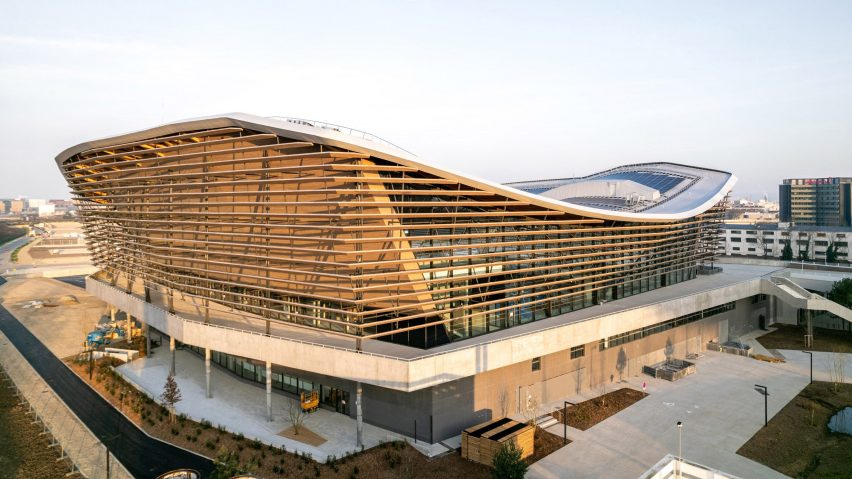
Using low-carbon buildings materials
Where permanent construction has been deemed necessary, the Paris 2024 organisers have taken steps to ensure that associated emissions are limited.
For example, the Aquatics Centre (pictured), designed by VenhoevenCS and Ateliers 2/3/4, features a wooden structure and large solar array on its roof, while spectator seating is made from recycled plastic waste. Across all venues including temporary stands, around 11,000 seats will be made from recycled materials.
The nearby Olympic Village, which will accommodate 14,250 athletes during the Olympic Games and a further 8,000 during the Paralympic Games, has also been developed according to an environmental strategy.
The use of bio-sourced materials is expected to result in a 50 per cent carbon footprint reduction over the buildings' lifecycle compared to conventional construction.
Among the new structures are a trio of hybrid timber and concrete apartment blocks completed by Brenac & Gonzalez & Associés, which feature facades lined with loggias and finished with terracotta tiles, and a mass-timber office building by local architecture studio Dream.
Smaller details include bed bases made from recycled cardboard and street lamps made from salvaged building materials.
A geothermal water system was intended to negate the need for air conditioning, though some Olympic federations are bringing their own.
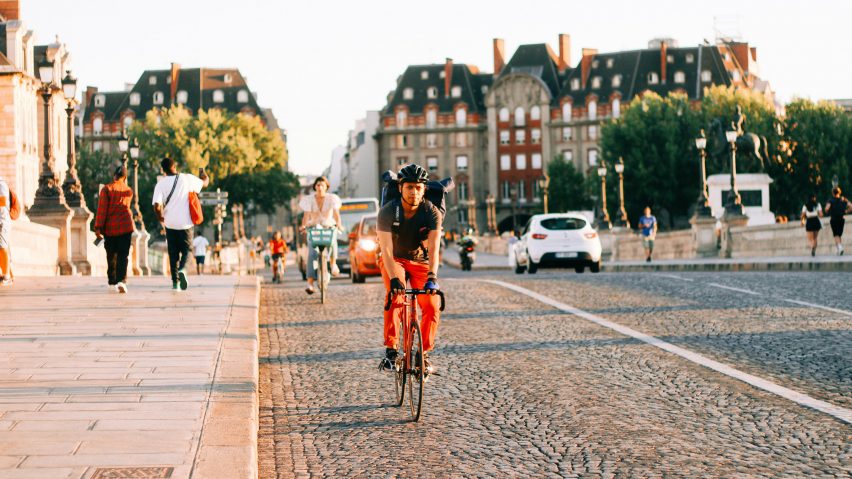
Building cycle lanes
Targets were also set out to optimise mobility across Paris during the games in order to reduce transport emissions, partly by using many venues in the city centre.
Improving bike routes has been key to this transport strategy, with cycling targeted to be one of the main legacies of Paris 2024. A network of more than 400-kilometres of cycle lanes now links all the competition venues, including 55 kilometres of newly added routes.
In addition, 3,000 self-service bikes and 10,000 extra bike rack spaces have been made available across the venues.
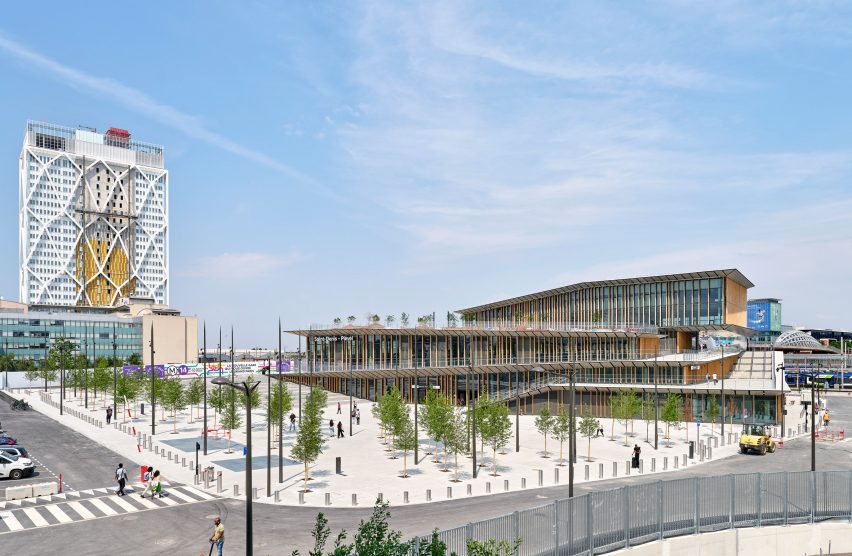
Extending the Métro
Another aspect of Paris 2024's mobility strategy has been ensuring that all venues are accessible by public transport.
Planned extensions to the Métro intended to help with transporting the 15 million expected visitors were scheduled to be finished in time for the games. However, as a result of major delays linked partly to the covid-19 pandemic, almost none of the proposed lines have yet reached completion.
Line 14, which has been extended to connect Orly Airport to the new Saint-Denis – Pleyel station designed by Kengo Kuma and Associates (pictured), is a key transport route that has been completed on time.
For the athletes and their teams, Paris 2024 will use non-fossil-fuel vehicles including 500 hydrogen-fuel cell cars and buses from Toyota, though some experts have criticised this decision, calling it "scientifically misaligned with net-zero" in an open letter.
The major transport-related sustainability challenge for the games remains people flying in from around the world. Carbon accounting firm Greenly has estimated that aviation emissions for Paris 2024 could hit 837,000 tonnes of carbon dioxide equivalent – more than half the 1.58 million overall carbon budget.
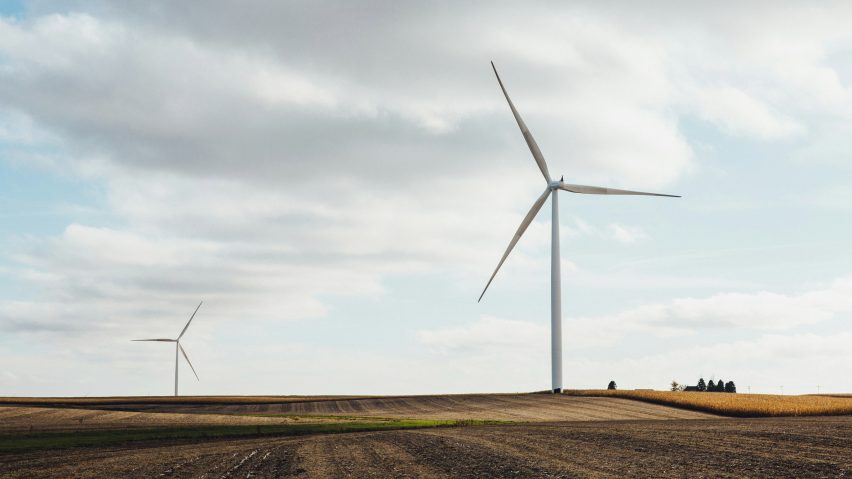
Using renewable energy
The energy initiative set out by Paris 2024 has aimed to supply all Olympic venues through entirely renewable electricity and retractable electrical terminals – an approach that is expected to save around 13,000 tonnes of CO2 emissions through a reduction in use of diesel generators.
On-site solar or geothermal generation at locations such as the Olympic Village and the Aquatics Centre will also help to meet their energy requirements.
As part of the games' legacy, each of these new grid connections will remain beyond the event and will contribute to reducing fossil-fuel-based energy consumption in Paris after the Olympics.
Furthermore, a floating solar power plant on the River Seine will also produce renewable energy during the games through its 400-metre-square array of photovoltaic panels.

Encouraging lower-carbon catering
France may be famous for its rich, meat-heavy cuisine, but Paris 2024 will take a different approach as it seeks to limit the carbon footprint of the 13 millions expected to be served during the Olympic and Paralympic Games.
Under the Food Vision initiative, the amount of plant-based food on offer will be double that of London 2012 and Rio 2016, while 80 per cent of ingredients will be French-produced including all meat and dairy.
Combined with efforts to limit food waste, the organisers hope that each meal served will carry a carbon footprint of 1 kilogram of CO2, compared with the French average of 2.3 kilograms.
The impact of all this will be relatively small, with catering anticipated to account for only 1 per cent of the games' overall carbon footprint – and spectators are still likely to throw away large amounts of food.
And while the games have pledged to half the amount of single-use plastic used in catering compared to London 2012, the event's main drinks sponsor, Coca-Cola, has been accused of greenwashing amid claims that most drinks sold to spectators will still come from single-use plastic bottles.

Using carbon offsetting
Paris 2024 has committed to offsetting 100 per cent of unavoidable carbon emissions related to the games. According to market intelligence agency S&P Global, it will rely on offsetting to hit its 1.58 million tonnes target despite the measures outlined above.
A programme set up to fund projects aimed at reducing or capturing carbon emissions has already purchased nearly 1.5 million tonnes' worth of carbon credits from overseas. The biggest of these include a forest-preservation project in Guatemala, a conservation initiative in Kenya's Chyulu Hills and the installation of clean cooking stoves in Kenya and Nigeria.
In addition, Paris 2024 will fund four forestry projects within France.
However, carbon offsetting projects are controversial, with many climate activists claiming that they are ineffective at mitigating pollution and enable large organisations in wealthy countries to shunt the problem of reducing emissions to the Global South.
The main photo is by Shutterstock.

Olympic Impact
This article is part of Dezeen's Olympic Impact series examining the sustainability measures taken by the Paris 2024 Olympic and Paralympic Games and exploring whether major sporting events compatible with the climate challenge are possible.